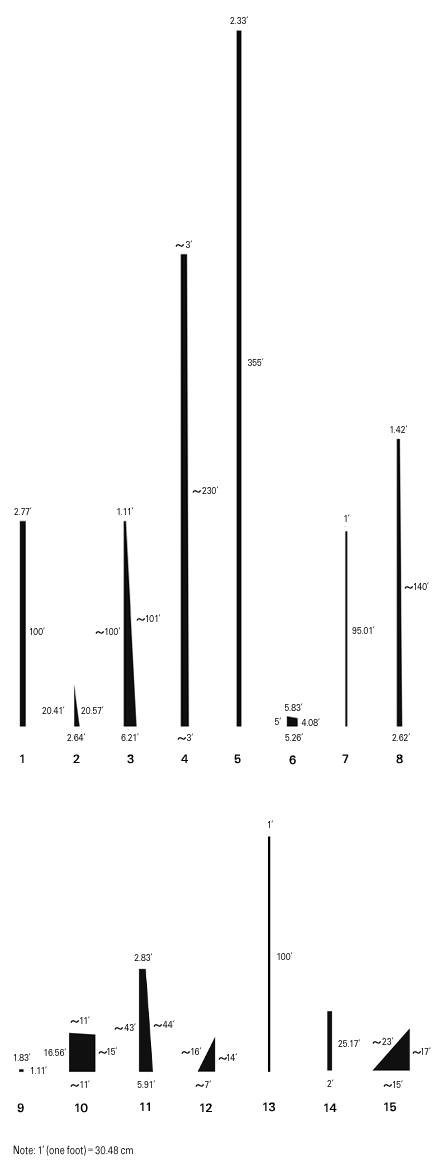At the beginning of March I attended the AWP Conference in Chicago. Apart from the usual strangeness of that conference--which has become a big, unwieldy blur of thousands of writers and books filling several giant exhibition spaces--was the additional strangeness, for me, of spending time in Chicago, a city that was very, very different when I lived there for several years in the mid to late 1980s.
I’ve been trying to hold on to that strangeness, which lately seems vital to me, for my writing. (I’ve been influenced by writer Jim Shepard here, who says in an interview accompanying his story “The World to Come” in the March 4, 2012 issue of One Story--a fantastic story, by the way--that his thesis advisor John Hawkes told him to always look for the “weirdness” in his work.)
I’m also trying to think of ways to get my students to reach for this weirdness, to launch themselves outside the safe confines of the everyday (though I’m not necessarily talking about fantasy or science fiction here; those worlds come almost too easily to them, I think, steeped as they are in wizards and vampires and, now, fictional dystopias). Here are a couple ideas I’m playing with.
1. Listen to Merrill Garbus (of tUnE yArDs)’s “Wooly Wolly Gong.” Then write a lullaby for your unborn child (remember, these are mostly pretty young and sheltered undergraduates I’ll be teaching).
2. This one is inspired by a show I saw at the Art Institute while in Chicago, called “Light Years: Conceptual Art and the Photograph, 1964-1971.” I’m not usually a huge conceptual art fan, but I got intrigued by a number of the artists included in that show, among them Gordon Matta-Clark. One of the assembled collages from Matta-Clark’s “Fake Estates” project was included in the show, and--with my ongoing preoccupation with the strangeness of property ownership--I got very interested in this whole project.
In the early 1970s (during the New York fiscal crisis), Matta-Clark, an artist and practitioner of “anarchitecture,” began buying up various small, oddly shaped pieces of “leftover” New York City property, mostly in Queens. (These were called, variously, “gutterspaces,” “curb properties,” “odd lots,” and “property slivers”--and there’s another writing exercise in these names themselves.)
But the main exercise I have in mind here involves setting a work (maybe a piece of microfiction, or a one-act play) in--or on--one of these “property slivers.” The process should start with the writer getting as full a sense of his/her chosen sliver as possible from available images. I'll have them start with the schematic drawing of the pieces Matta-Clark bought, included in Jeffrey Kroessler, et al.’s Odd Lots: Revisiting Gordon Matta-Clark’s Fake Estates (which chronicles a 2005 show at the Queens Art Museum):
 |
What would you do with #5, for instance?
Besides the more obvious questions Matta-Clark’s work raises about property and wealth, I like the idea of an exercise that forces a writer to work small, actually in miniature, though possibly LONG miniature--to examine things at that level. (This is probably because I’ve been working for a long time now on a novel whose central character moves from the hills of West Virginia, to the American West, to upstate New York, New York City, Europe, the West Indies, and beyond, all in pretty short order.)
So, for this exercise, choose one property sliver, find out as much as you can about it (online, and in the work of Kroessler, Jeffrey Kastner, Sina Najafi, Frances Richard, and others), place at least two characters on it, and go from there.
I’ll try it out with students next year. In the meantime, if you try it out yourself, let me know how it goes.
No comments:
Post a Comment